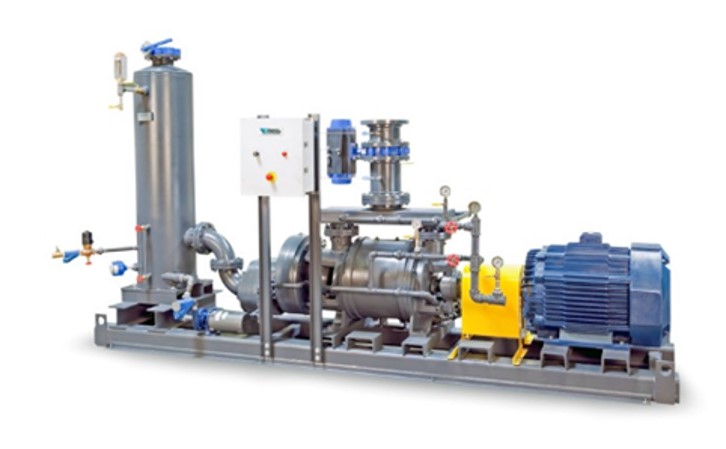The paper-making process requires significant energy to create the vacuum necessary for dewatering the pulp and paper by removing moisture from the press fabrics. Liquid ring vacuum pumps can provide opportunities to improve energy-efficient solutions for this process. Here are some ways to gain energy efficiency using liquid ring vacuum pumps in the paper-making process.

Use high-efficiency liquid ring vacuum pumps:
Liquid ring vacuum pumps are available in different models and speeds with varying levels of energy efficiency. Choosing a high-efficiency model by comparing air flow per power can significantly reduce energy consumption and operating costs.
Use of variable speed drives (VSDs):
Installing VSDs on liquid ring vacuum pumps can control the pump speed according to the vacuum-developed demand, reducing energy consumption and preventing unnecessary wear and tear.
Optimize system design:
The vacuum system design should minimize gas velocity in pipes before and after the vacuum pumps. This can be achieved by selecting the appropriate diameter of pipes and fittings for water, gas, and gas only.
Use water recirculation systems:
Water is a primary component of the liquid ring vacuum pump, and recycling the water used in the pump can help minimize the need for fresh water.
Implement regular maintenance:
Maintaining liquid ring vacuum pumps can help ensure they operate efficiently and avoid energy waste. Maintenance should include measuring temperatures of bearings compared to housing temperature and bearing vibrations in average velocity inch/second.
By implementing these strategies, paper-making industries can gain energy efficiency and reduce the costs of the vacuum service process.
